The Psychedelic Gospels: The Secret History of Hallucinogens in Christianity
Reveals evidence of visionary plants in Christianity and the life of Jesus found in medieval art and biblical scripture--hidden in plain sight for centuries
Follows the authors’ anthropological adventure discovering sacred mushroom images in European and Middle Eastern churches, including Roslyn Chapel and Chartres
Provides color photos showing how R. Gordon Wasson’s psychedelic theory of religion clearly extends to Christianity and reveals why Wasson suppressed this information due to his secret relationship with the Vatican
Examines the Bible and the Gnostic Gospels to show that visionary plants were the catalyst for Jesus’s awakening to his divinity and immortality
The Mystery of Manna: The Psychedelic Sacrament of the Bible
Compelling evidence that the early Jews and Christians used psychedelics as part of their religious rites.
Reveals the Bible's disguised references to this tradition and traces knowledge of this secret to the gnostics, masons, kabbalists, and the legends of the Holy Grail.
Explores the idea that psychedelics have played a role in nearly all religious traditions.
The Immortality Key: The Secret History of the Religion with No Name
A groundbreaking dive into the role psychedelics have played in the origins of Western civilization, and the real-life quest for the Holy Grail that could shake the Church to its foundations
The Road to Eleusis: Unveiling the Secret of the Mysteries
The secretive Mysteries conducted at Eleusis in Greece for nearly two millennia have long puzzled scholars with strange accounts of initiates experiencing otherworldly journeys. In this groundbreaking work, three experts—a mycologist, a chemist, and a historian—argue persuasively that the sacred potion given to participants in the course of the ritual contained a psychoactive entheogen. The authors then expand the discussion to show that natural psychedelic agents have been used in spiritual rituals across history and cultures. Although controversial when first published in 1978, the book’s hypothesis has become more widely accepted in recent years, as knowledge of ethnobotany has deepened.




